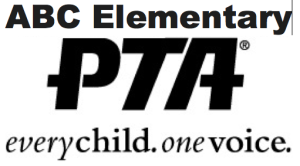Financial records should be put in order for the financial review process shortly before the end of the term of office. The financial review must be completed as quickly as possible. The outgoing treasurer cannot pay bills after the books are closed for financial review or after the term of office ends. Upon assuming office, the incoming treasurer may deposit funds in the PTA bank account and pay authorized requests for reimbursement bills as needed but should avoid paying new bills if possible until the review is complete.
The outgoing treasurer is responsible for preparing the Annual Financial Report, ensuring all tax forms are filed, uploading financial reports and tax returns to the document retention system, preparing a Treasurer’s Report from the last association meeting to the end of the term, and compiling a list of payments made between January 1 and June 30 that are subject to 1099 and Workers’ Compensation reporting. See Records Retention Schedule and Destruction Policy.

